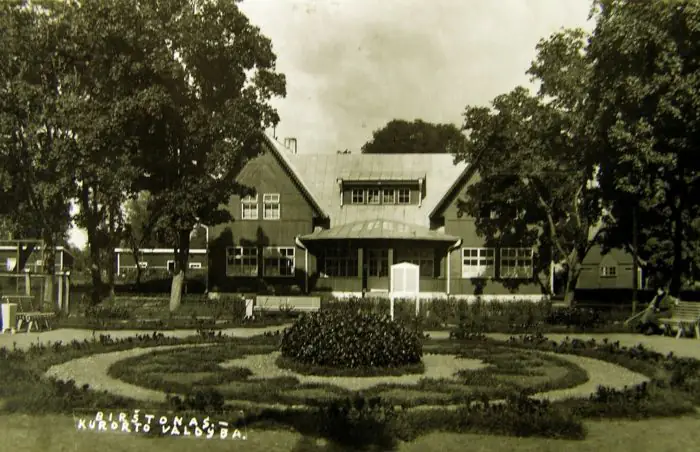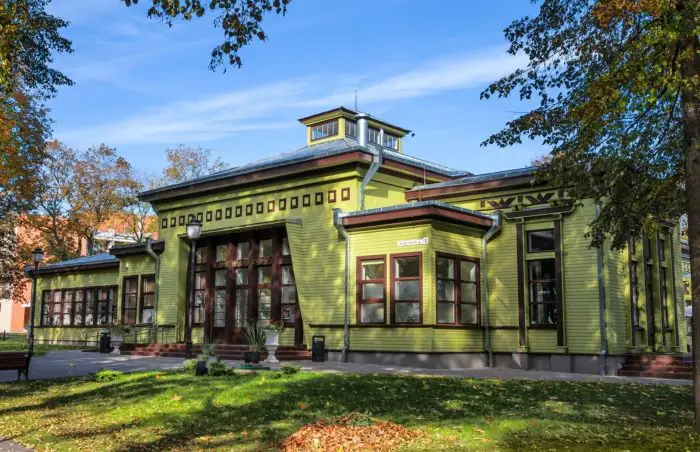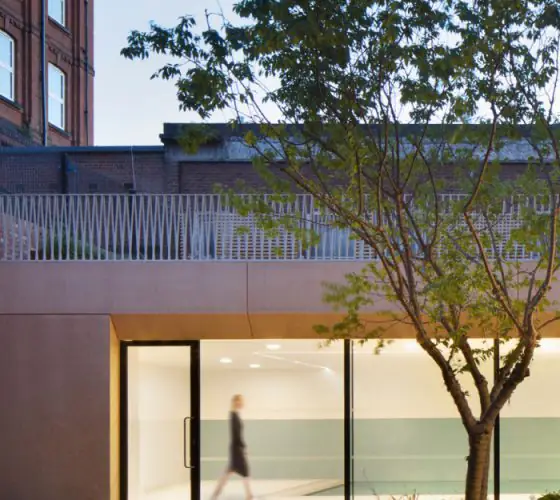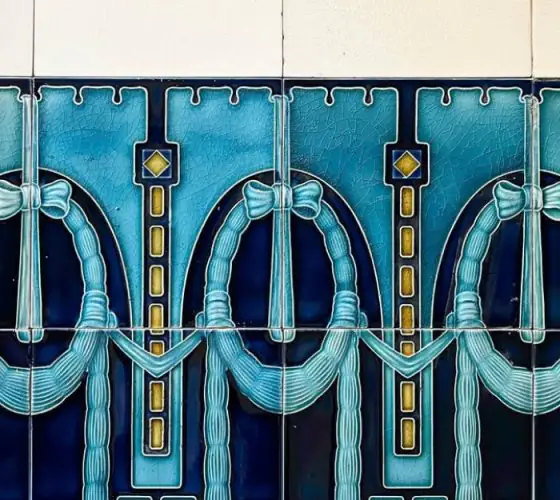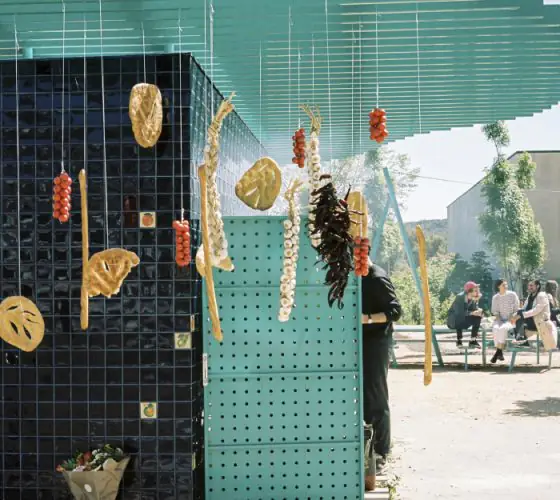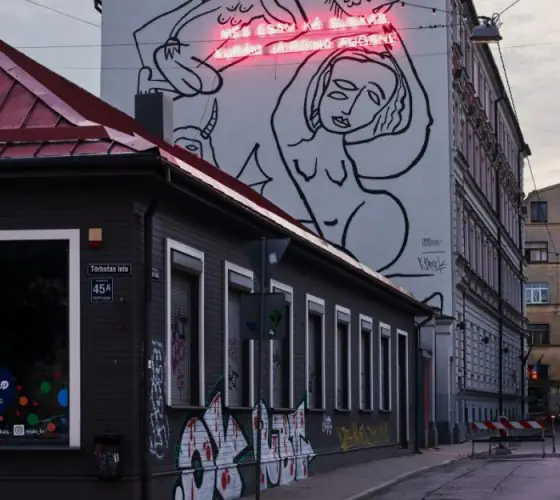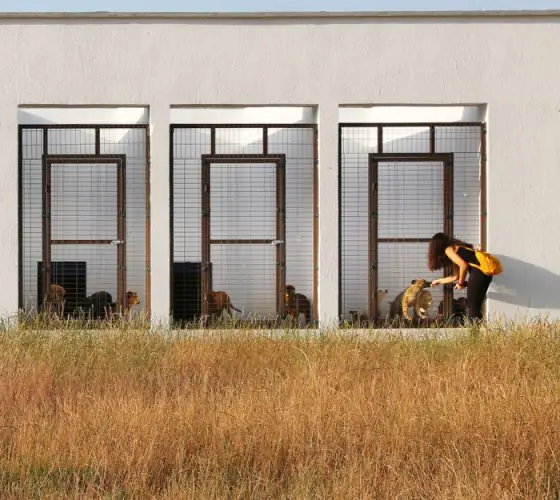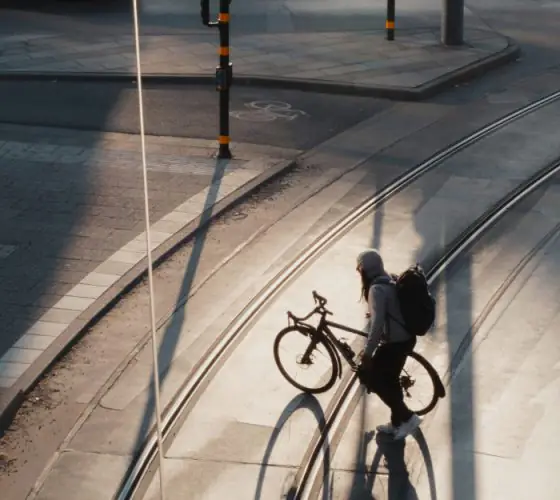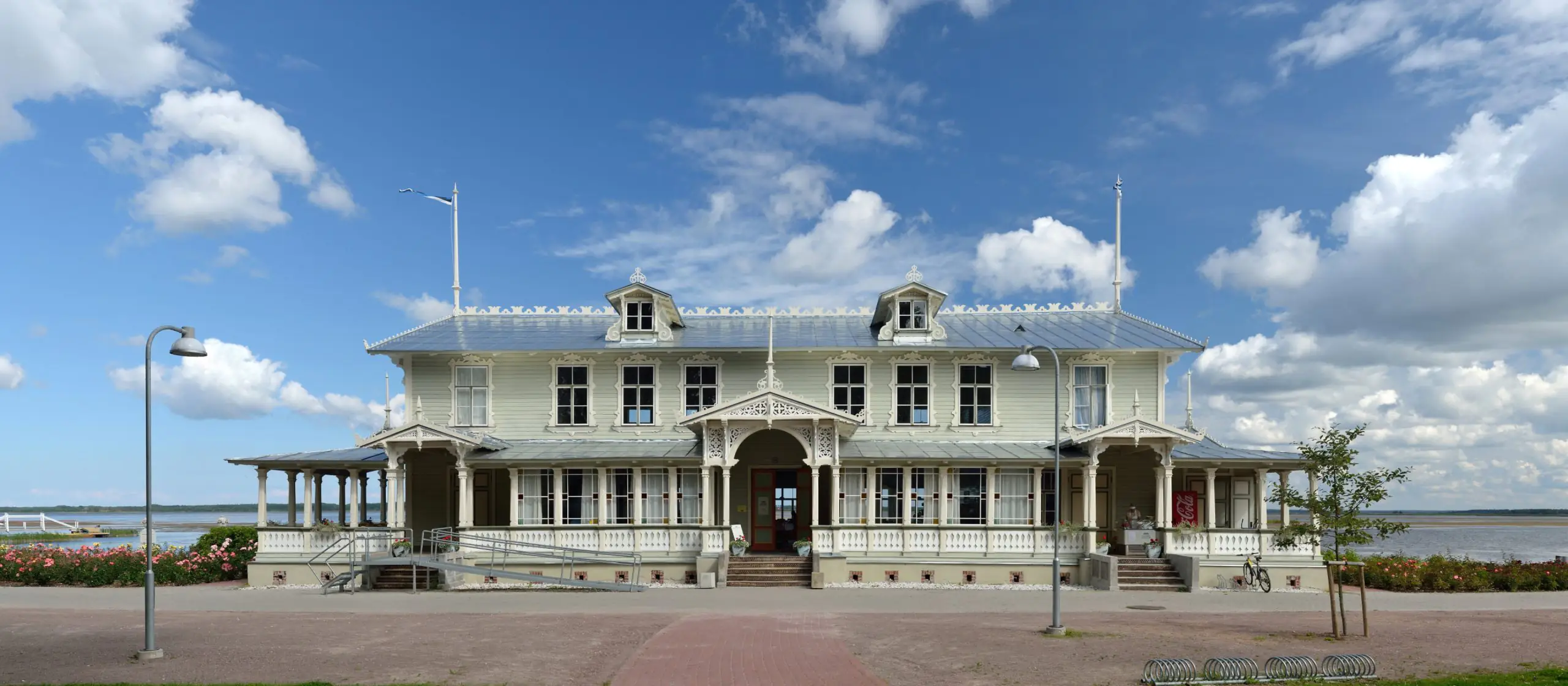
upload.wikimedia.org
From the end of the 18th century onwards, a Kursaal or Kurhaus was a standalone building designed for recreation and entertainment. The word comes from German, where ‘kur’ means spa and ‘haus’ or ‘saal’ means house or hall. Kursaals were part of spa architecture, a term used to describe the type of buildings typical of resorts and coastal holiday destinations on the German Baltic coast.
The principles of spa architecture were established in the Heiligendamm district of Bad Doberan, northern Germany, in 1793. The resort was the first in continental Europe to practise balneology, which is the use of water and mud for healing and preventing diseases. By the end of the 18th century and into the 19th century, this practice had been scientifically substantiated and had become an independent discipline.
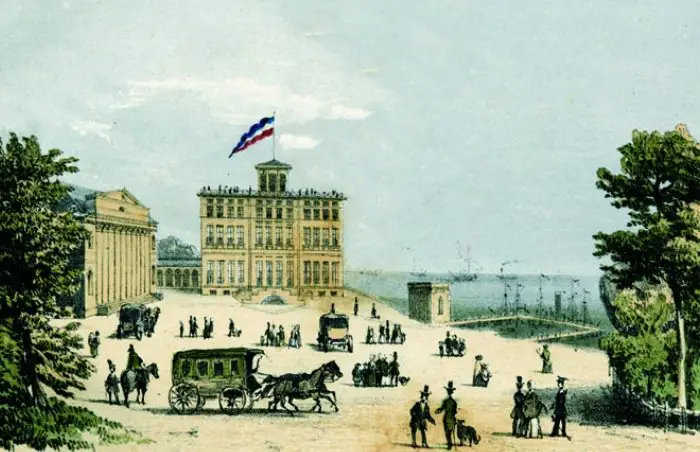
Spa holidays became particularly popular after the 1830s, when the European middle class was growing rapidly. Kurhaus establishments served as a bridge between the traditional aristocratic ‘salon’ culture and the emerging universal centres of consumption and entertainment. Mud baths, casinos and concert and theatre halls coexisted under one roof. This combination of functions was unusual and could also be found in railway stations, which became ‘leisure terminals’ complete with restaurants and concert halls. Concert schedules were synchronised with the railway timetable.
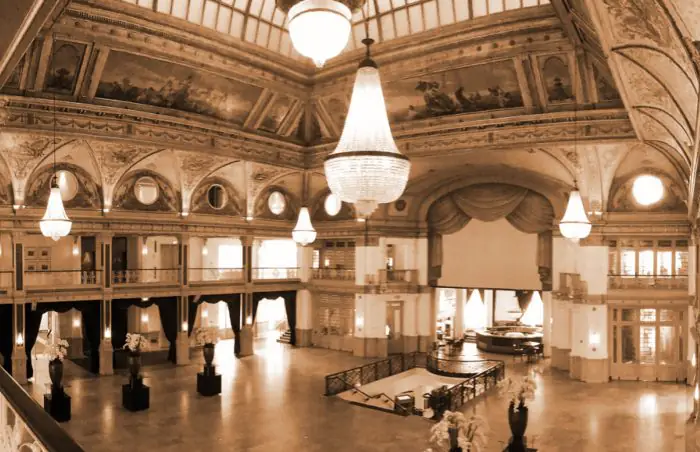
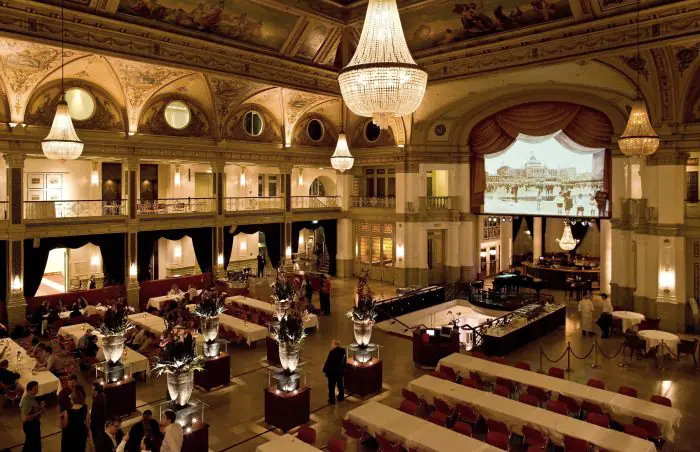
The spas also owe a great deal to the development of the railway network. For instance, when Karlovy Vary became part of the Austro-Hungarian railway network in the second half of the 19th century, visitor numbers and revenue increased significantly. The same happened in other major spa towns. Spa architecture reached its peak at this time, with the largest number of kursaals being built in the Baltic States.
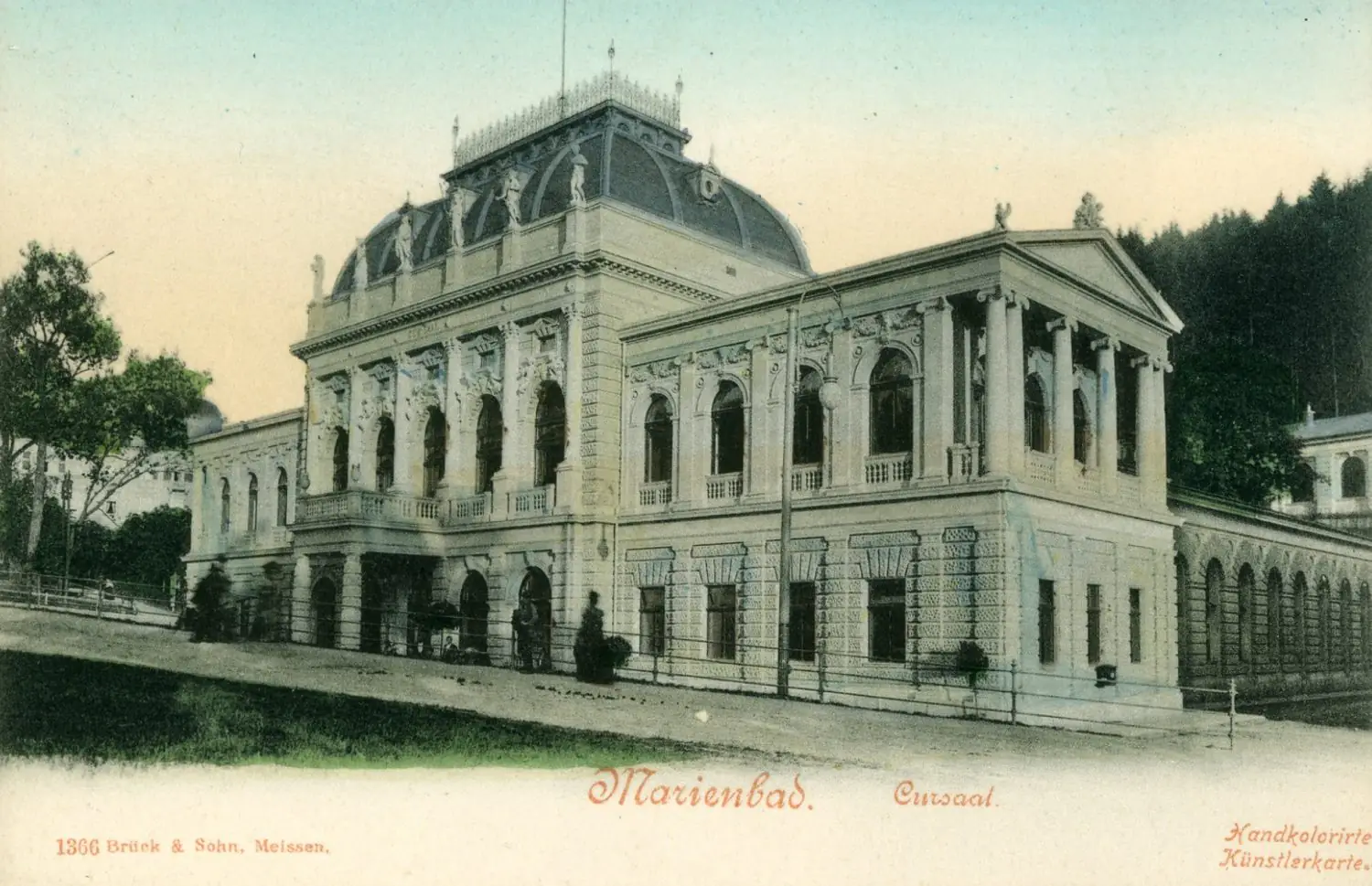
commons.wikimedia.org
These are typically 3–4-storey buildings that combine elements of neoclassicism, eclecticism, and art nouveau. They were built on coastlines and promenades. Complex ‘natural’ colours were chosen for their façades, such as sky-blue, olive and sand. Below, we have collected nine of the most notable kurhaus buildings in Estonia, Latvia and Lithuania.
Haapsalu, Estonia
This is the project of Rudolf Otto von Knüpfer, a renowned Estonian architect from the imperial era. Initially, the building was almost entirely submerged in the sea, but the shoreline was later reinforced by building up the land. The main hall is flanked by two covered terraces, and the windows are adorned with stained glass.
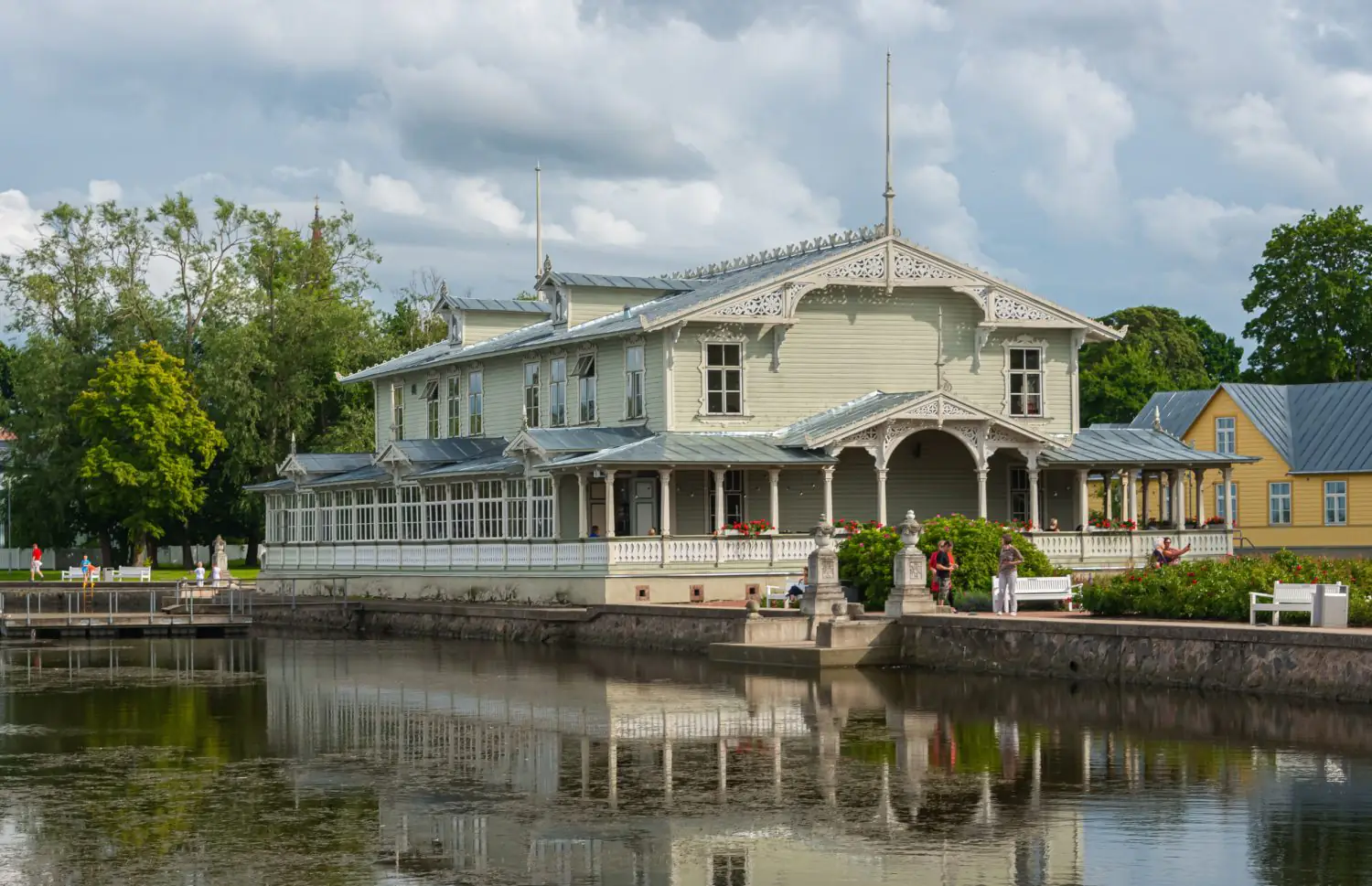
Despite being used as a warehouse and cinema during the Soviet years, the building has retained its function and original furnishings (including a carved wooden chandelier). It is now the Haapsalu Kuursaal restaurant, open from 1 June to 1 September.
Kuressaare, Estonia
The kursaal, located in the capital of Saaremaa Island, opened in 1889. The central part, known as the White Hall, housed a restaurant; the right wing was used as a summer theatre; and the left wing housed a kitchen and administrative offices.
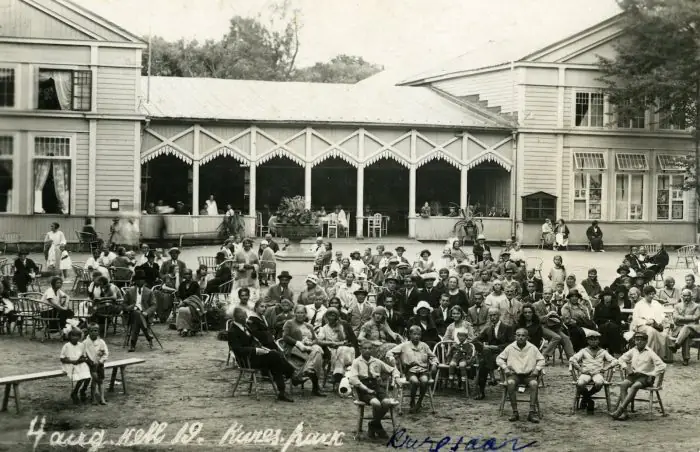
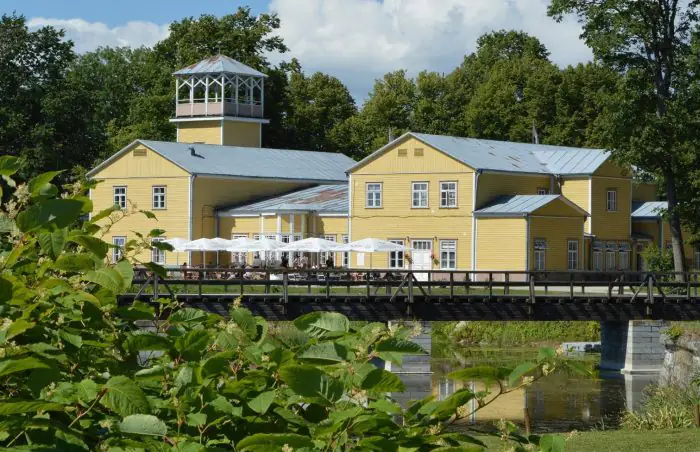
The theatre was mainly used by German groups, and after the First World War by Estonian actors. In 1989, the building was named ‘Best Building of Soviet Estonia 1988’. Today, the ground floor is home to a popular fish restaurant, while the first floor offers guest rooms.
Pärnu, Estonia
It is located near the main beach entrance, between the forest park and the old mud baths. The Kursaal’s bell tower was a unique feature, and most of the summer evening events were held around it.
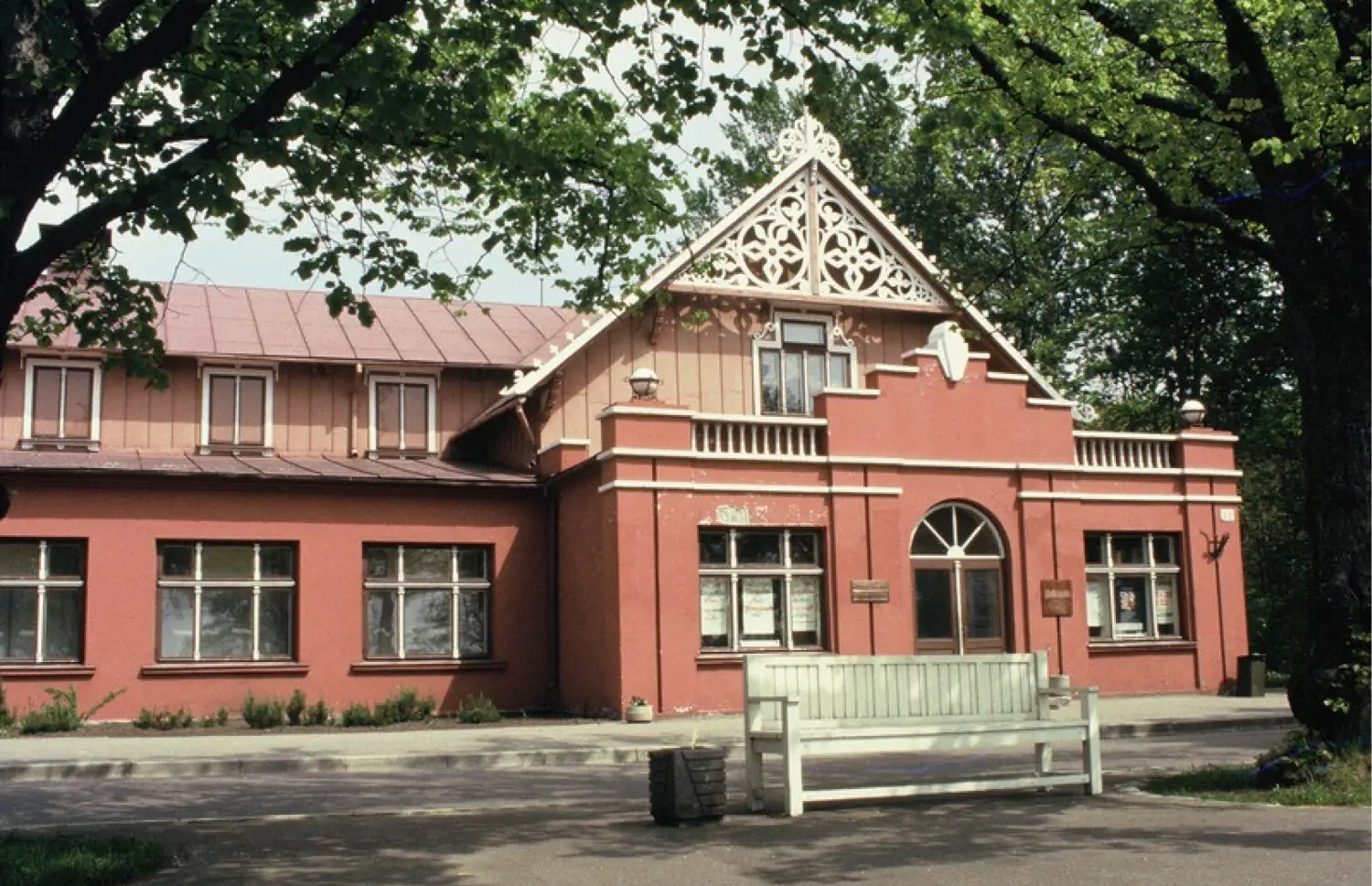
The tower was added to the building in 1937. The project was overseen by chief city architect Olev Siinmaa, who established Pärnu as a popular city spa during the interwar period. Following its restoration in 2003, the building reopened and now houses one of Estonia’s largest taverns.
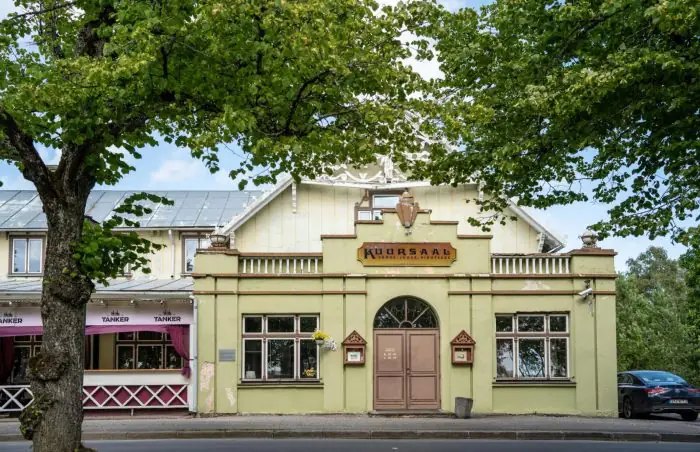
Dubulti, Latvia
Jurmala’s Kursaal was built earlier than those of other Baltic resorts, in 1848. Following a fire in 1877, it was replaced with a design by Riga architect Johann Daniel Felsko. This palace-like building was considered to be the largest Kursaal in the Baltic States. During the interwar period, it housed a secondary school and a gymnasium.
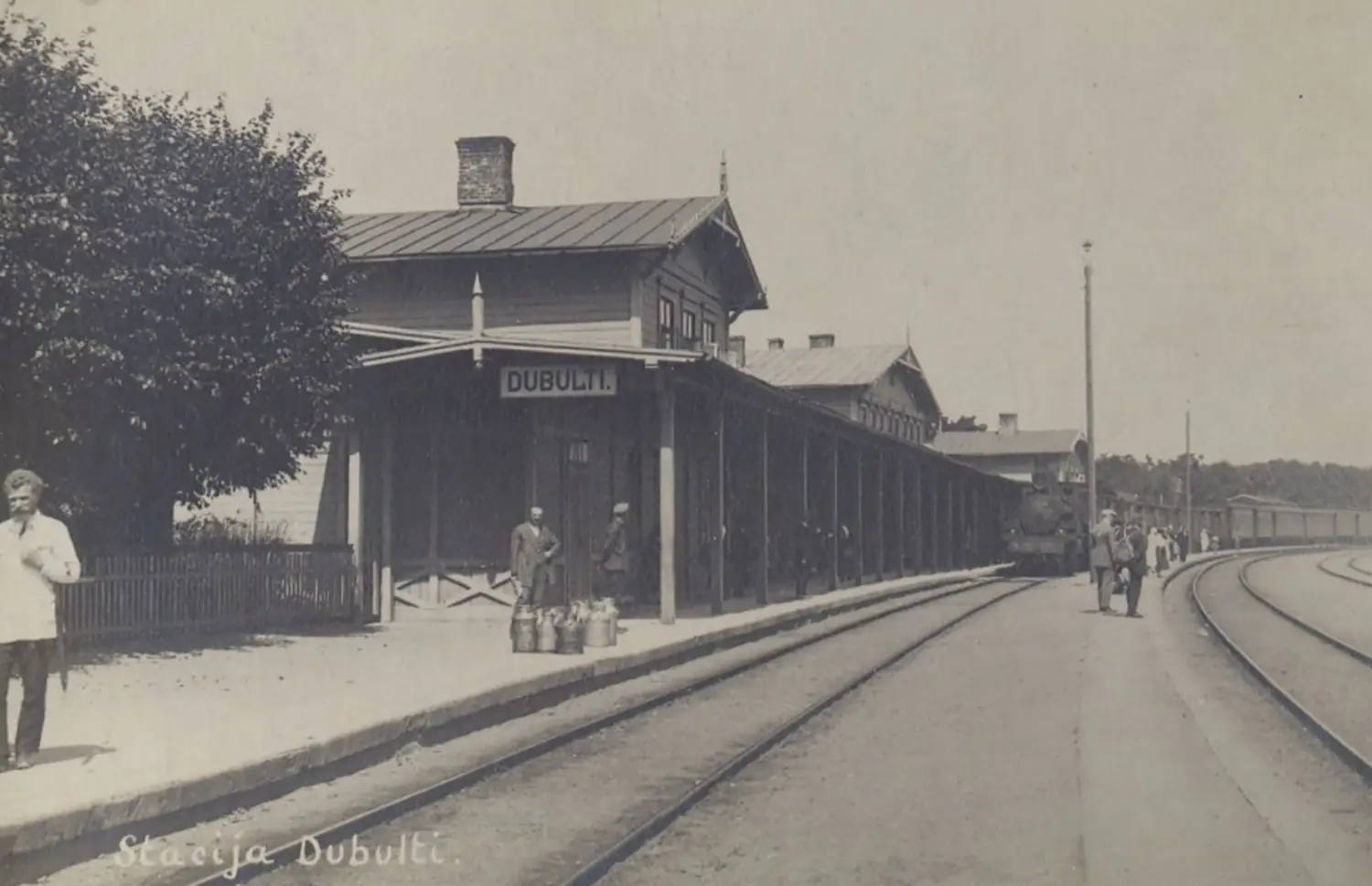
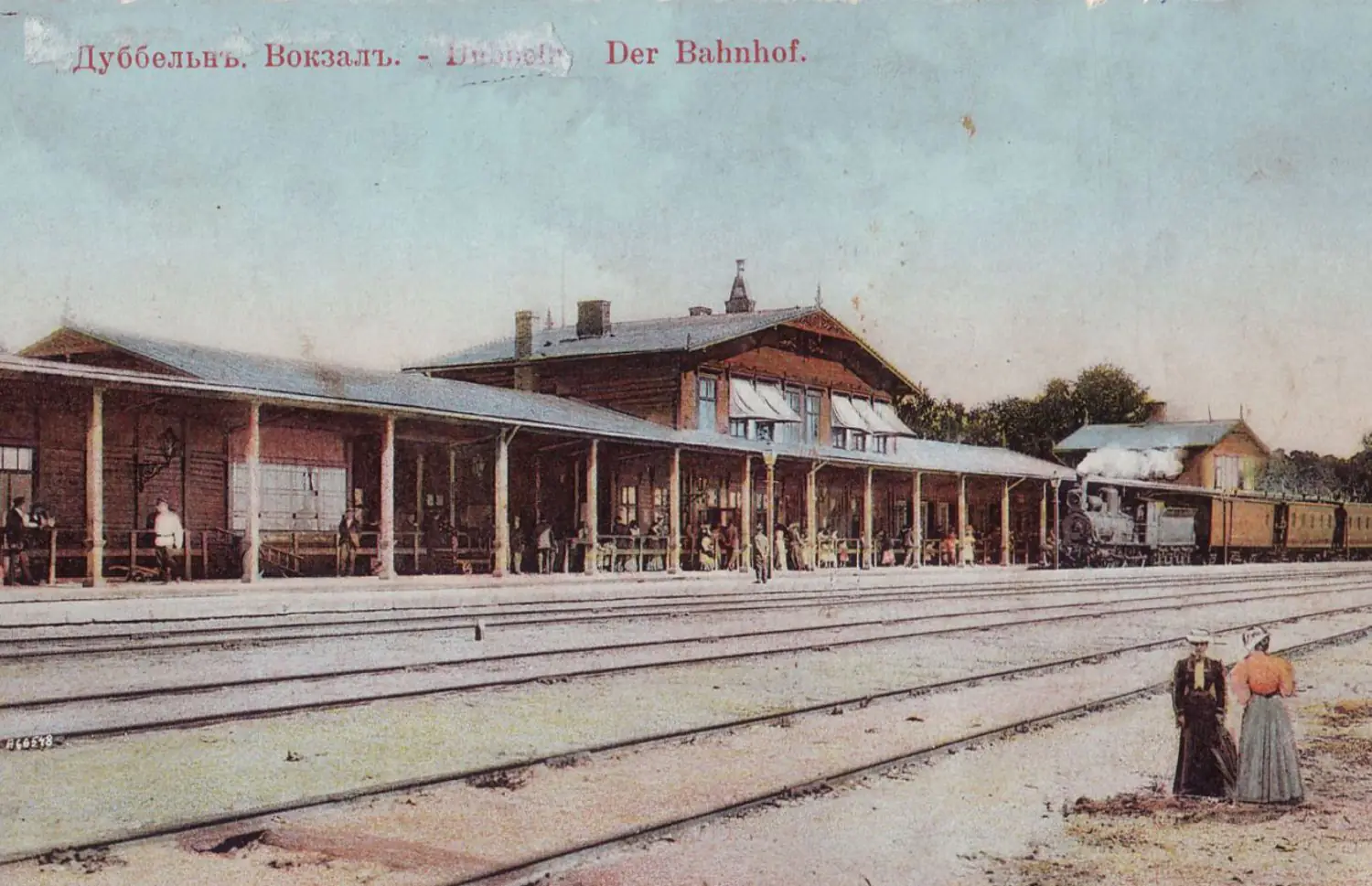
However, it only survives today in the form of postcards and old photographs: exactly one hundred years after its opening, in 1977, it was demolished and replaced by a monument to Lenin. A public garden now occupies the site.
Ogre, Latvia
A project from 1926 by the architect Vladimir Šervinskis. The owner, Pauls Baumanis, opened a café and boarding house within the building. Local musicians and Riga artists performed here in the evenings. From the mid-1980s until 1993, it was managed by the Dailrade handicrafts and souvenir association. The building has now been restored and houses the Senjorita Kukū pizzeria.
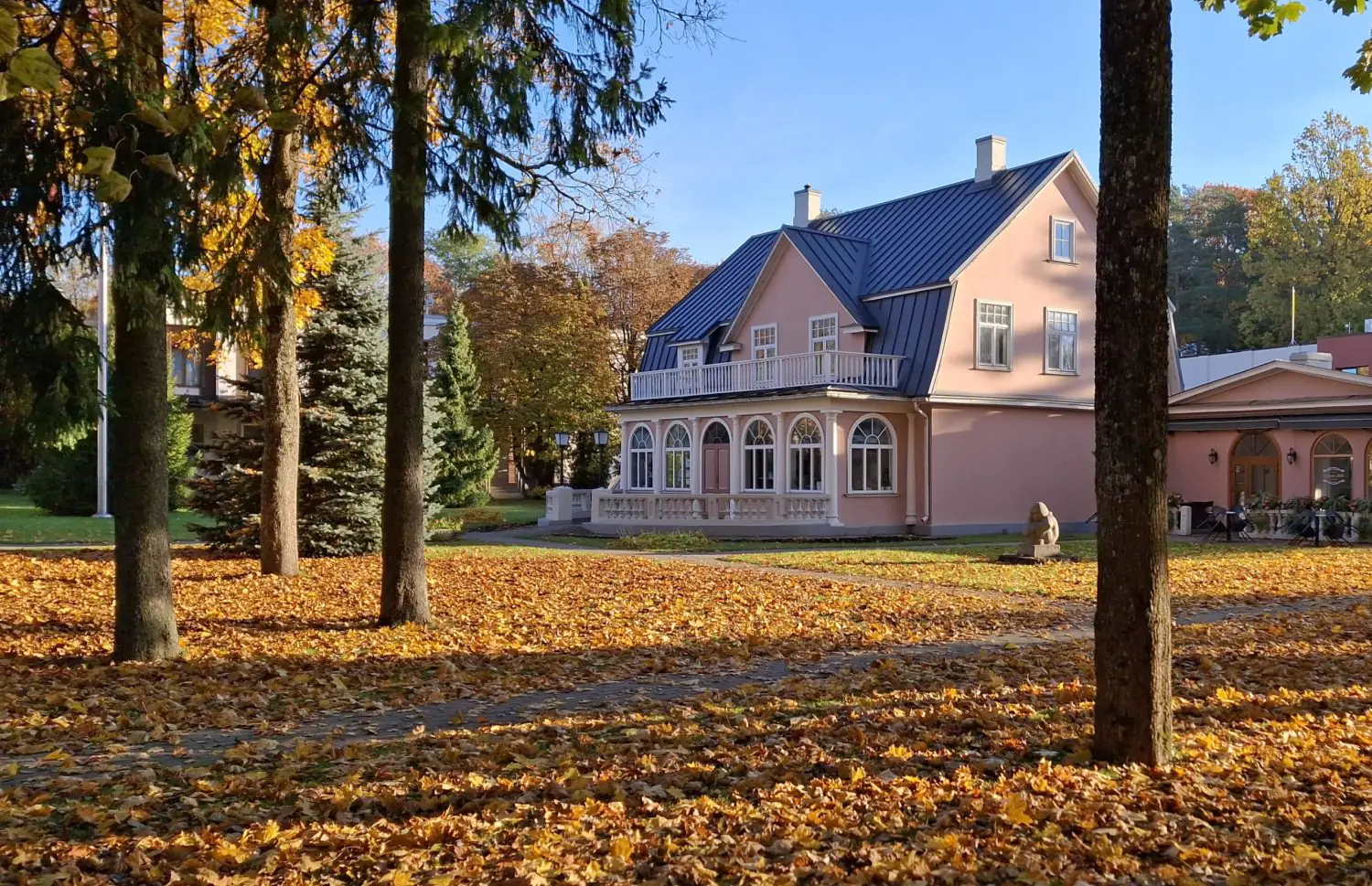
Liepaja, Latvia
At the turn of the 20th century, Kurmajas Avenue was a beautiful boulevard leading to the seaside park and beach of Liepāja. Created in 1875, the oldest north-western part of the park also saw the construction of a kurhaus, a spa hotel designed by architect Paul Bertschi. It featured mineral baths, a restaurant, a dance hall and a theatre.
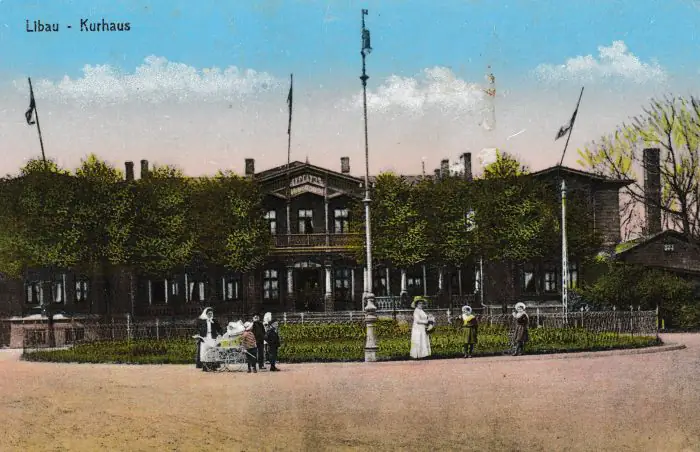
The wide street became a prestigious neighbourhood where summer villas were built. The kurhaus burned down in a fire in 1937, but it is now reminded of the naming of the apartments in an old wooden house on the same street.
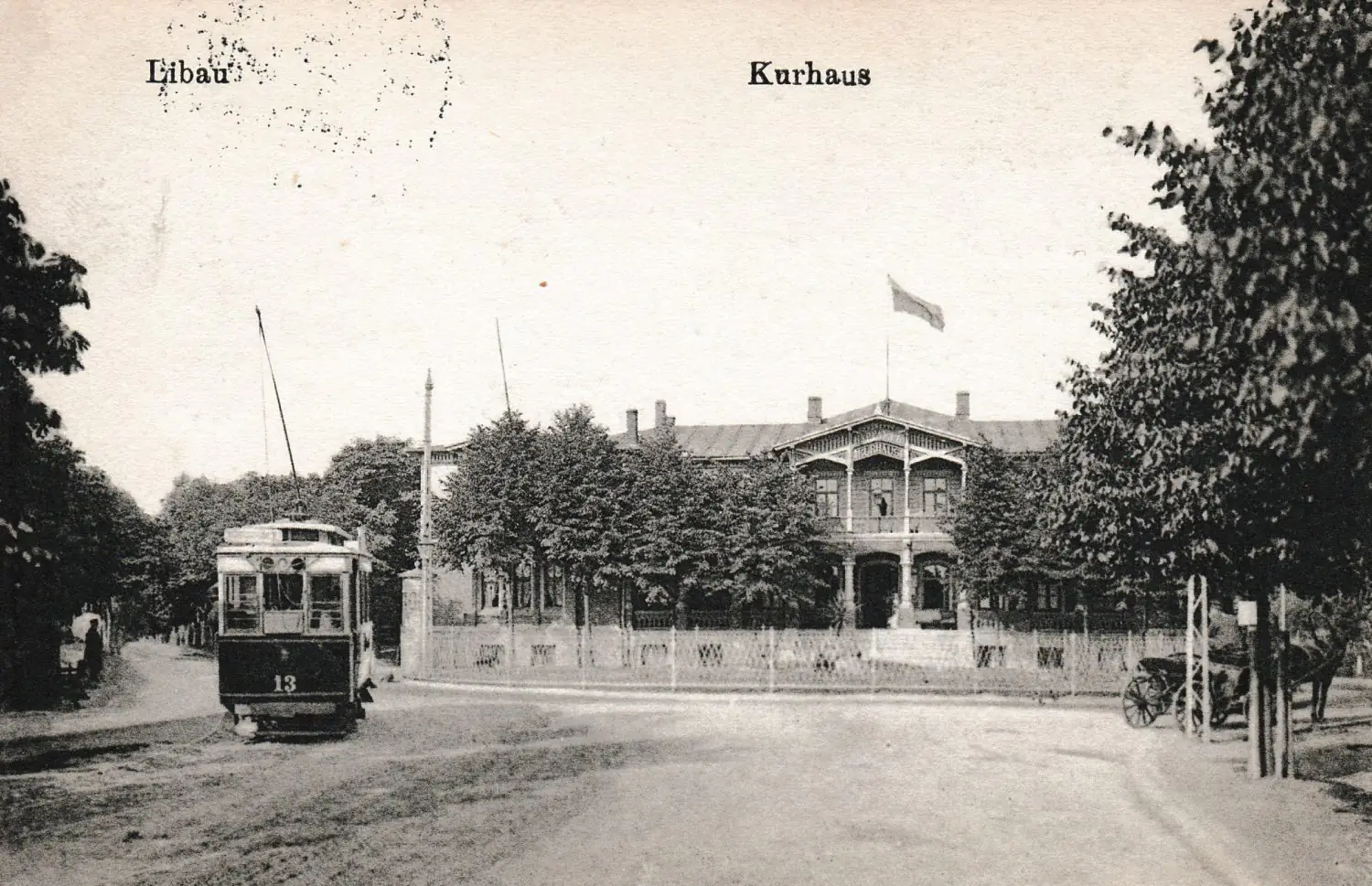
Palanga, Lithuania
Two years after the Kursaal opened in Liepāja, a kurhaus was established in neighbouring Palanga. Founded by Count Feliks Tyskevičius, it quickly became a popular holiday destination. The building, which combines elements of classicism and northern art nouveau, has become a symbol of the city. It burned down in a fire in 2002, but was rebuilt. Today, it houses the Palanga Culture and Youth Centre.
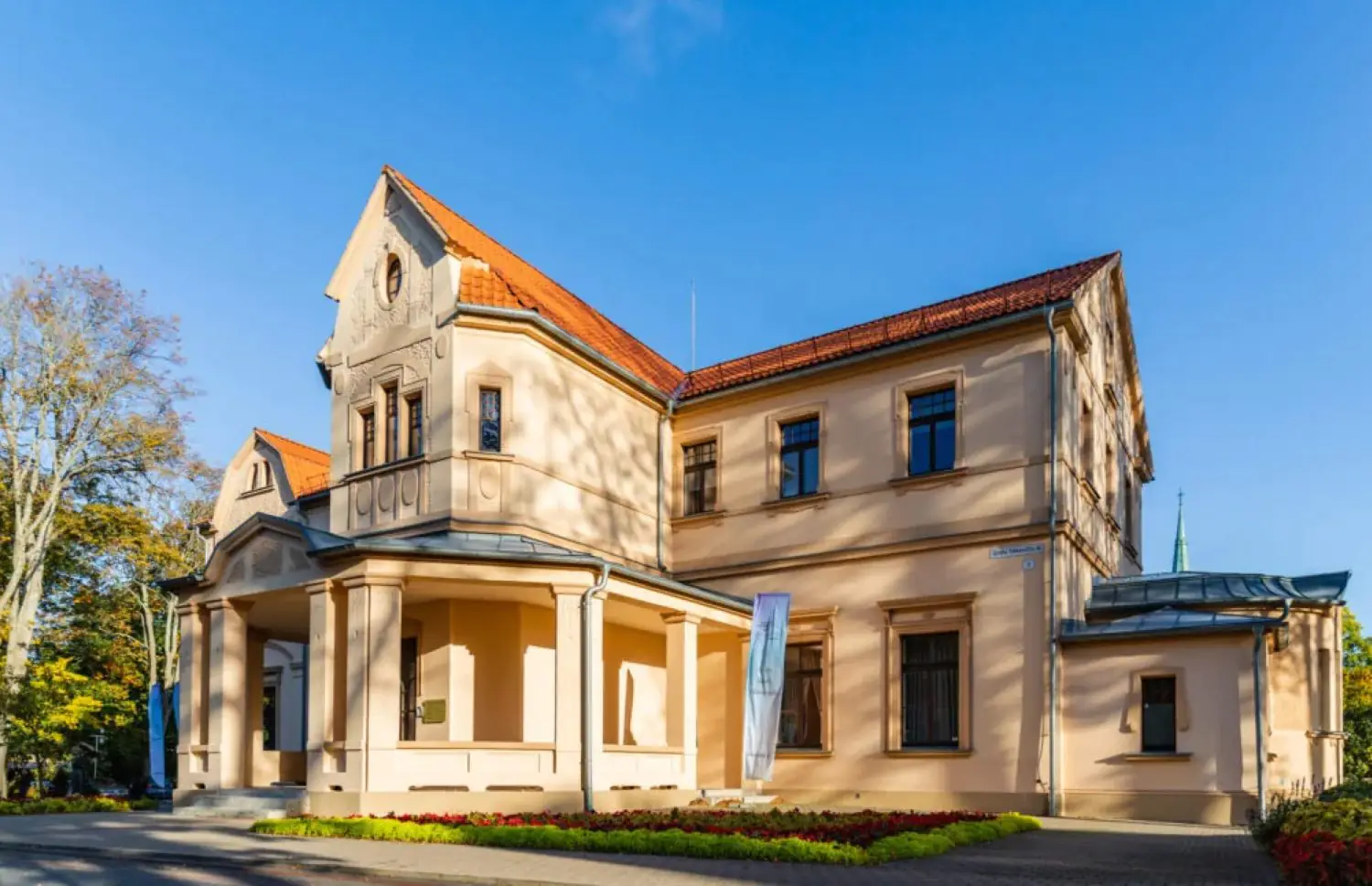
Smiltyne, Lithuania
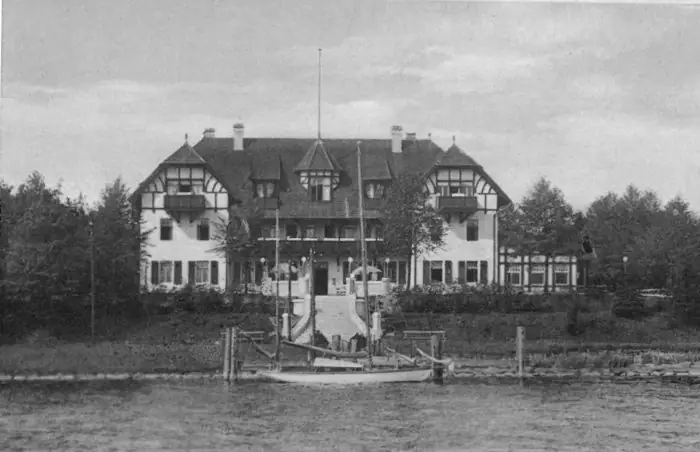
In 1900, the largest building in the town of Smiltyne on the Curonian Spit was constructed: a kurhaus and guest house combined, with 50 rooms. Its customers were businessmen and industrialists from Klaipeda. They chose a site near the Baltic Bay with views of Klaipeda.
The building was equipped with the latest conveniences, including running water, electricity, baths and, since 1909, a fixed city line. It is now being restored to create apartments.
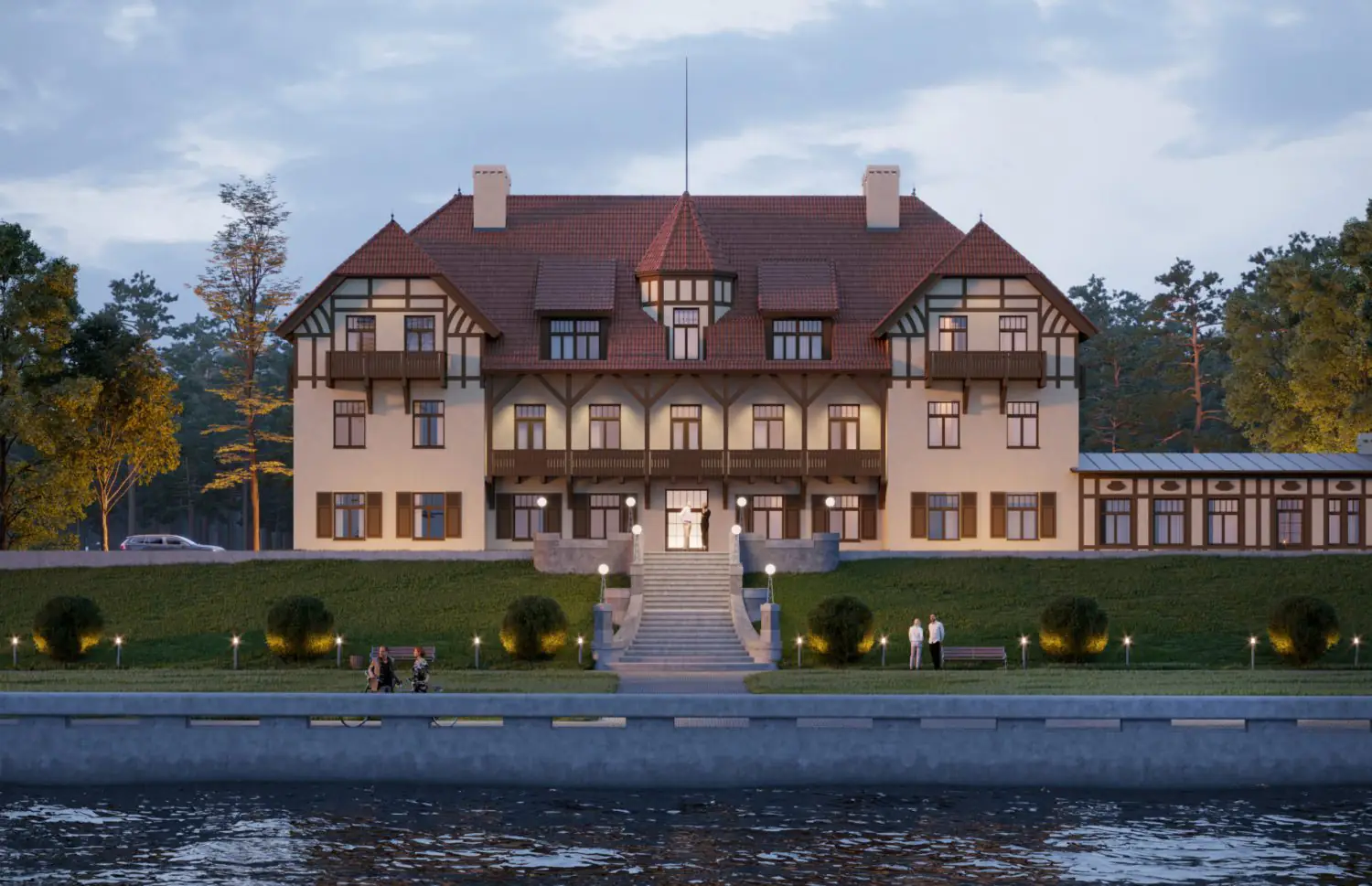
Birštonas, Lithuania
It is one of the oldest wooden buildings in Lithuania and has remained almost unchanged since its opening in 1855. Unlike other kursaal buildings, it did not have a theatre or casino, but classical music concerts were held there instead. Today, the building houses the Kurhauzas restaurant.
